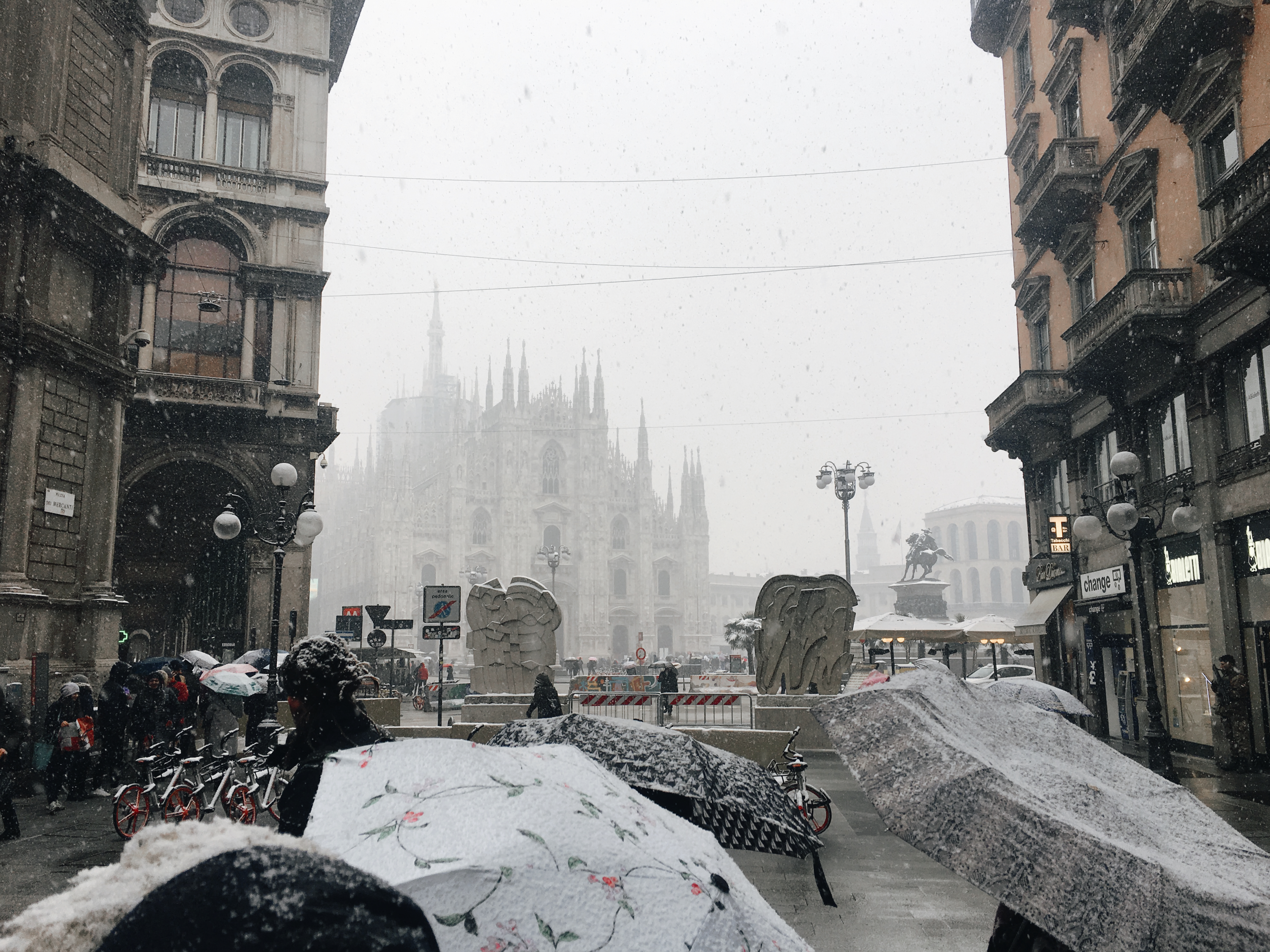Milan is not your usual Italian city with the terracotta roofs, the lazy strolls and the seemingly empty streets. It is not the kind of city that you would see in old Italian films like La vita è bella (Life Is Beautiful) or even in recent films like Call Me By Your Name. If that is what you are looking for, you need to head further south or into the northern regions where time seems to have stopped. This is because, Milan is a city that is filled with a long and complex history that is evidently present in its ever-changing architecture. Milan is a contrasting place that has a unique mixture of the old and the new, it is a city that has adapted itself to every age.
To appreciate the architecture of Milan, one must first understand its history. Through the ages, the city of Milan had the bittersweet characteristic of being under the dominance of an external force. From German emperors, to Italian noble dynasties (Visconti and Sforza families), to Spanish domination, the enlightenment era of the Hapsburgs, the Napoleonic era, to the Astro-Hungarian period, the unification of Italy, fascism, and finally the post-war period; Milan has seen it all. It is not surprising, that a city that has been governed by different entities would in the end be characterized by its ability to move forward. Today, this is highly presented in the fact that the major historical architectural points are not just in the city center, like Florence or Rome, but dispersed throughout the surrounding areas. This has given Milan the unique quality of having conflicting but compatible architectural styles everywhere you go.
But, how do you see a city that is so architecturally dispersed and complex? You get lost. You start walking and let yourself be guided by whatever you encounter along the way. Here are a few of my favorite places I have seen through my unplanned journeys in Milan.
Visit a ‘hipster’ market at Frida Isola (nearest metro stop M5 Isola)

One lazy Sunday afternoon, after the snow and the rain had dissipated, I decided to visit the other side of the city. I found out about the Frida Market through a search in Facebook. And while the prices were a bit high for my student budget (20 euros for a pair of earrings? I had to pass) the ambiance was great. If you are looking for a place to wind down from the hectic Milanese life, Frida Isola is the place to be. With its postindustrial internal garden, you can chill, sit down and relax.
Be in the center of the Milano skyline (nearest metro stop M2/M5 Garibaldi FS)
One stop away from Isola, Piazza Gae Aulenti is one of the many symbols of contemporary architecture that Milan has to offer. Here you can see the tallest in Italy, the UniCredit Tower, and il Bosco Verticale (the Vertical Forest) two residential buildings covered with trees.
Fiera Milano, MiCo Milan Convention Centre and CityLife (nearest stop M5 Portello)

The area pictured is part of the redevelopment of the Fiera Milano neighborhood. On the far left is part of the MiCo Milan Convention Center, in the back is the Allianz Tower, also known as Il Dritto (The Straight One), and on the right the Generali Tower also known as Lo Storto (the Twisted One).
Returning to the center of Milan (nearest stop M1/M3 Duomo)

One may think that the center of a city lies in the most popular, distinguished and historic structure, for Milan that is Il Duomo (the Milan Cathedral) with its adjoining Piazza del Duomo (Cathedral Square). But, during a recent city tour with my Reading Milan and Italian Cities class, I learned that the ‘true center’ of Milan is actually a few steps away. Piazza Mercanti (Merchant’s Square) used to be the heart of Milan during the Middle ages, where it functioned as a closed marketplace. Later on, the surrounding archways were removed for an open plan to give way to the modern city center that we know today as, Piazza del Duomo.





